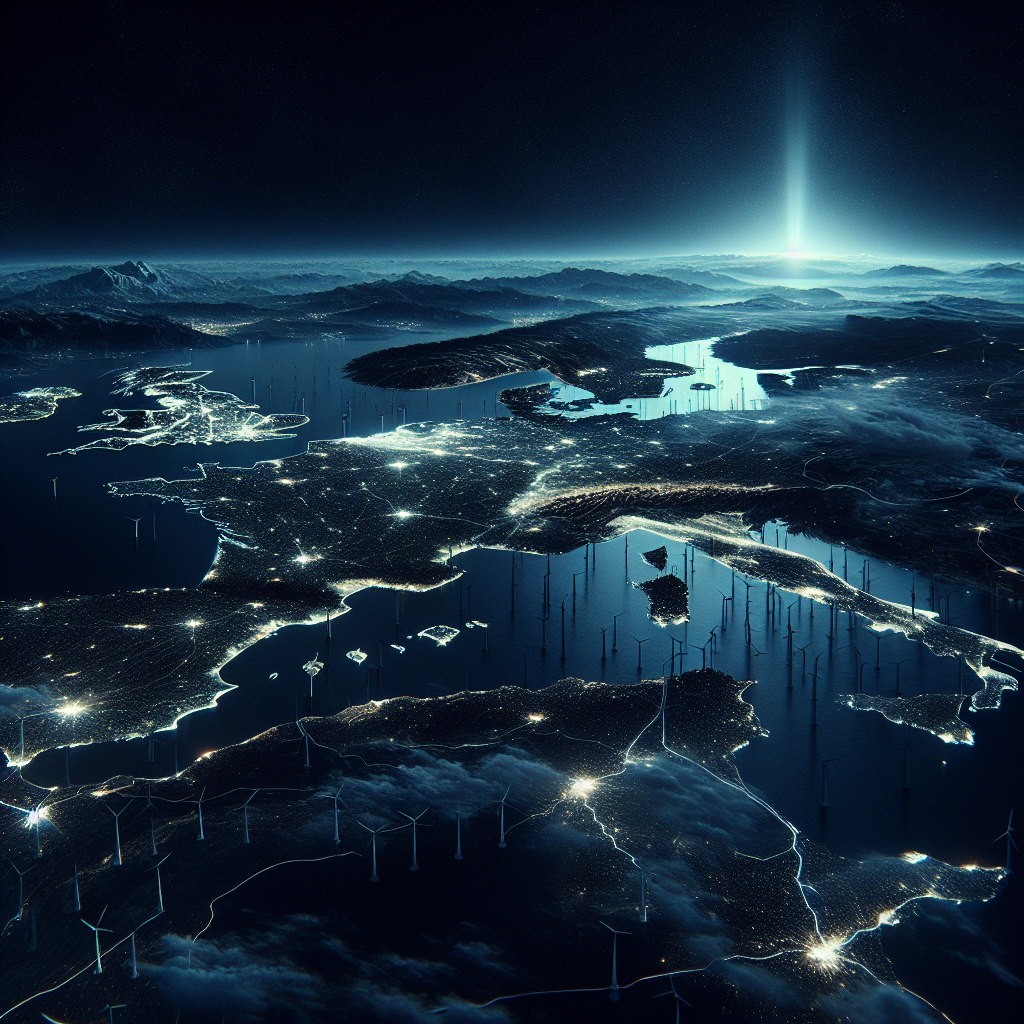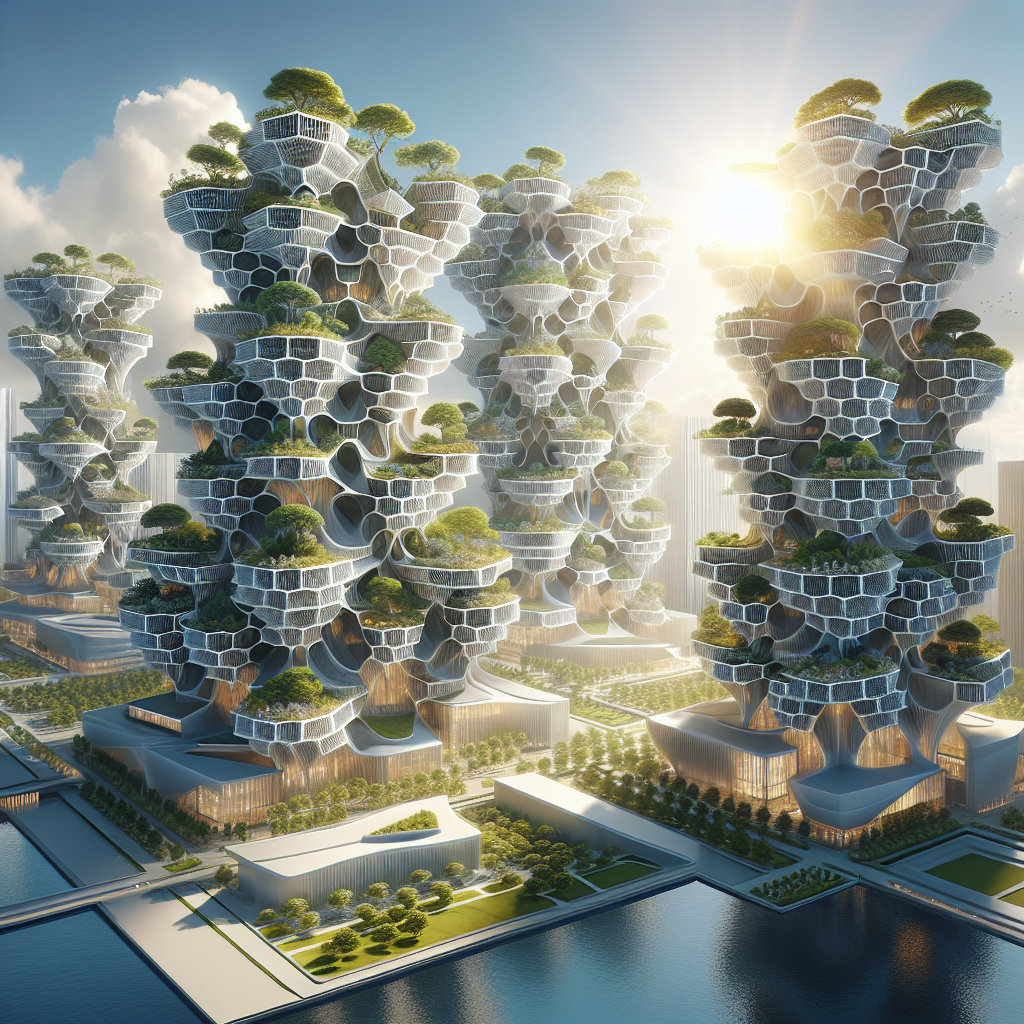Geography or Technology: What’s Behind the Iberian Peninsula’s Unprecedented Power Outage?

Geography or Technology: What’s Behind the Iberian Peninsula’s Unprecedented Power Outage?
In the early hours of April 15, 2025, the Iberian Peninsula awoke to a blackout of unprecedented magnitude. From the vibrant streets of Lisbon to the iconic boulevards of Madrid, the sudden plunge into darkness left millions bewildered, prompting immediate speculation. Was this a geographical inevitability, a technological oversight, or a complex interplay of both? As architects, designers, and urban planners grapple with the implications, the blackout has reignited critical discussions on the resilience of modern infrastructure and the role of design in safeguarding our urban futures.
Unraveling the Blackout: Geography’s Silent Role
The Iberian Peninsula, a region known for its diverse topography—from rugged mountain ranges to expansive coastal plains—has long posed unique challenges for infrastructure planning. Its geographical isolation, connected to the rest of Europe through limited transmission corridors, inherently creates vulnerabilities. Historically, the Pyrenees have acted as both a natural barrier and a bottleneck for energy distribution, limiting the peninsula’s capacity to import or export electricity during emergencies.
Yet, geography alone cannot shoulder the blame. Spain and Portugal have invested significantly in renewable energy sources, capitalizing on abundant sunlight and wind resources. The proliferation of solar farms in Andalusia and wind turbines dotting the hills of Galicia are testament to a progressive energy strategy. However, the intermittent nature of renewables, coupled with geographical constraints, demands robust grid management and storage solutions—areas where recent investments may have fallen short.
Technology’s Double-Edged Sword
While geography sets the stage, technology directs the performance. The Iberian blackout has spotlighted critical vulnerabilities within the peninsula’s increasingly digitized energy infrastructure. With the rise of the Internet of Things (IoT) and smart grids, urban planners and architects have embraced technological integration as a means to enhance efficiency and sustainability. Yet, as the recent outage underscores, this digital dependency can also amplify systemic risks.
Initial investigations point toward a cyber-incident involving IoT-connected grid components. Smart meters, sensors, and automated substations—once heralded as symbols of modern urban design—have become potential gateways for cyber threats. The delicate balance between technological advancement and security has never been more apparent. As discussed in our previous analysis, Europe’s power grid vulnerabilities are not isolated incidents but symptomatic of broader infrastructural fragility.
Designing for Resilience: Lessons from the Outage
The blackout has prompted a critical reassessment among architects and urban designers. Resilient design—once primarily associated with natural disaster preparedness—is now being expanded to encompass technological threats. The question arises: how can design mitigate such vulnerabilities?
One promising avenue is the decentralization of energy systems. Microgrids, localized energy networks capable of operating independently, offer a compelling solution. For instance, the city of Barcelona has already initiated pilot projects integrating microgrids into urban neighborhoods, demonstrating the potential for architectural and urban planning to foster resilience. These localized systems not only enhance reliability but also empower communities, aligning with broader trends in community-driven architecture.
Moreover, the integration of biophilic design principles can further bolster resilience. As explored in our feature on biophilic design’s impact on human well-being, incorporating natural elements into urban environments can mitigate the effects of power outages. Green roofs, vertical gardens, and passive solar design reduce dependency on mechanical systems, offering sustainable alternatives during infrastructure failures.
Architectural Responses: Aesthetic Meets Functionality
The Iberian blackout also invites architects to reconsider the aesthetic implications of resilient design. Far from purely utilitarian, resilience can inspire innovative architectural expressions. Take, for example, the emerging trend of kinetic facades—dynamic building envelopes that adapt to environmental conditions. Such designs, highlighted in our exploration of responsive architecture, marry functionality with visual intrigue, creating buildings that are both resilient and captivating.
Similarly, the resurgence of vernacular architecture offers valuable insights. Traditional Iberian buildings, characterized by thick stone walls, shaded courtyards, and passive cooling techniques, inherently embody resilience. By revisiting these historical practices, contemporary architects can craft spaces that are not only visually compelling but also inherently robust against infrastructural disruptions.
Global Implications: A Wake-Up Call for Urban Design
The Iberian Peninsula’s blackout serves as a stark reminder of the interconnectedness of geography, technology, and design. As urban populations continue to swell and technological integration deepens, architects and designers must proactively address vulnerabilities. The recent incident underscores the urgency of embedding resilience into the very fabric of our cities.
Globally, cities like Tokyo, Paris, and New York are already rethinking their infrastructural strategies. Paris, preparing for the upcoming 2024 Summer Olympic Games, has prioritized resilient urban planning, integrating decentralized energy systems and smart technologies designed with cybersecurity in mind. Similarly, Tokyo’s recent initiatives in disaster-resistant architecture highlight the global shift toward resilience-focused design.
Future Perspectives: Navigating Complexity Through Design
Ultimately, the Iberian blackout illustrates the complex interplay between geography, technology, and design. It challenges architects and urban planners to navigate this complexity thoughtfully, balancing innovation with caution. As the fields of architecture and design continue to evolve, embracing interdisciplinary collaboration will be crucial. Engineers, cybersecurity experts, and urban designers must work hand-in-hand to create resilient, sustainable, and aesthetically inspiring urban environments.
In the face of increasing infrastructural vulnerabilities, design emerges not merely as a reactive measure but as a proactive force capable of shaping resilient futures. The Iberian Peninsula’s experience serves as both a cautionary tale and a catalyst for innovation, reminding us that the future of urban living depends on our ability to harmonize geography, technology, and design in unprecedented ways.
As we continue to explore these critical intersections, the role of architects and designers becomes ever more pivotal. The blackout may have plunged the Iberian Peninsula into temporary darkness, but it has also illuminated pathways toward a more resilient, sustainable, and beautifully designed urban future.








